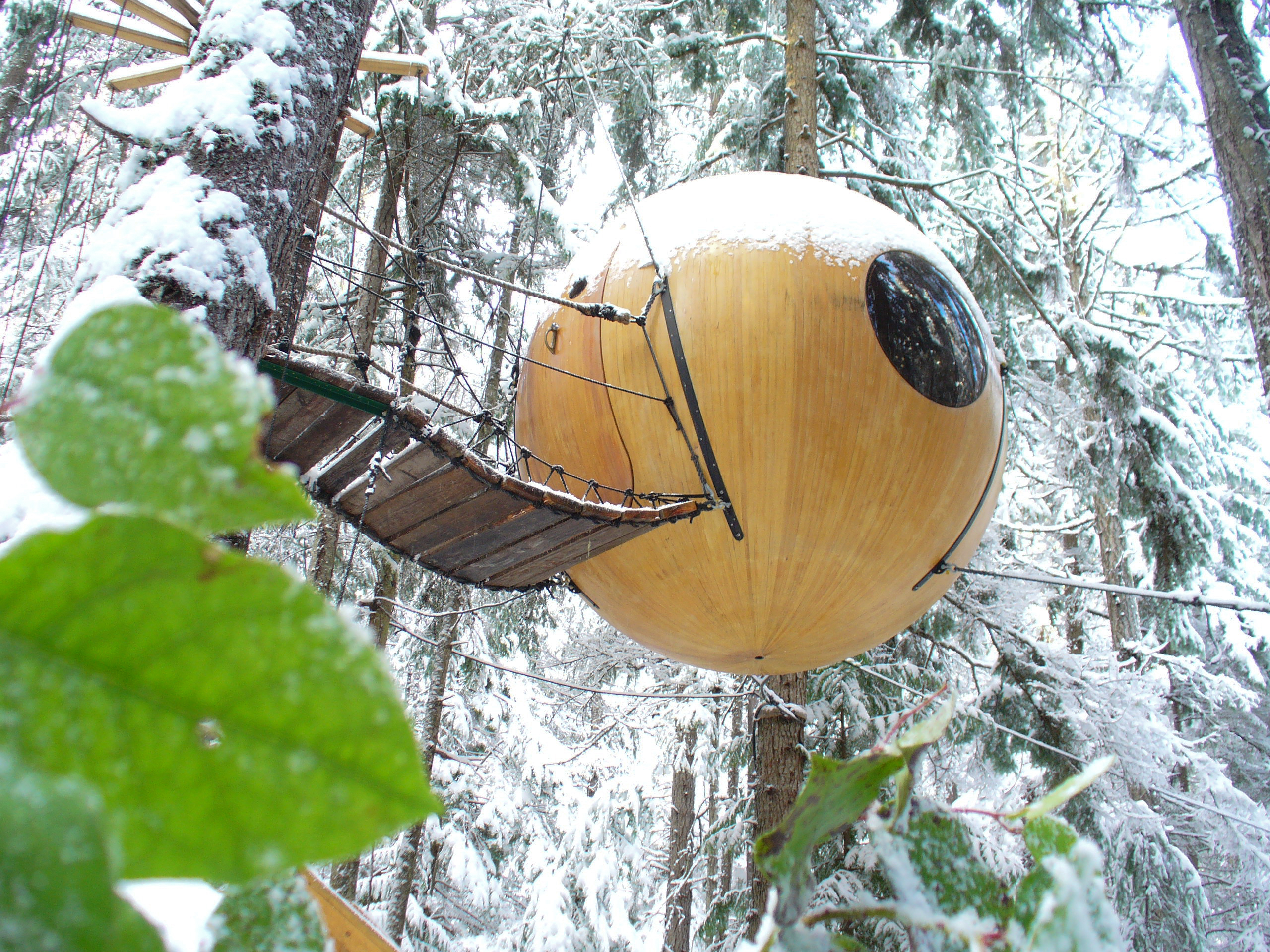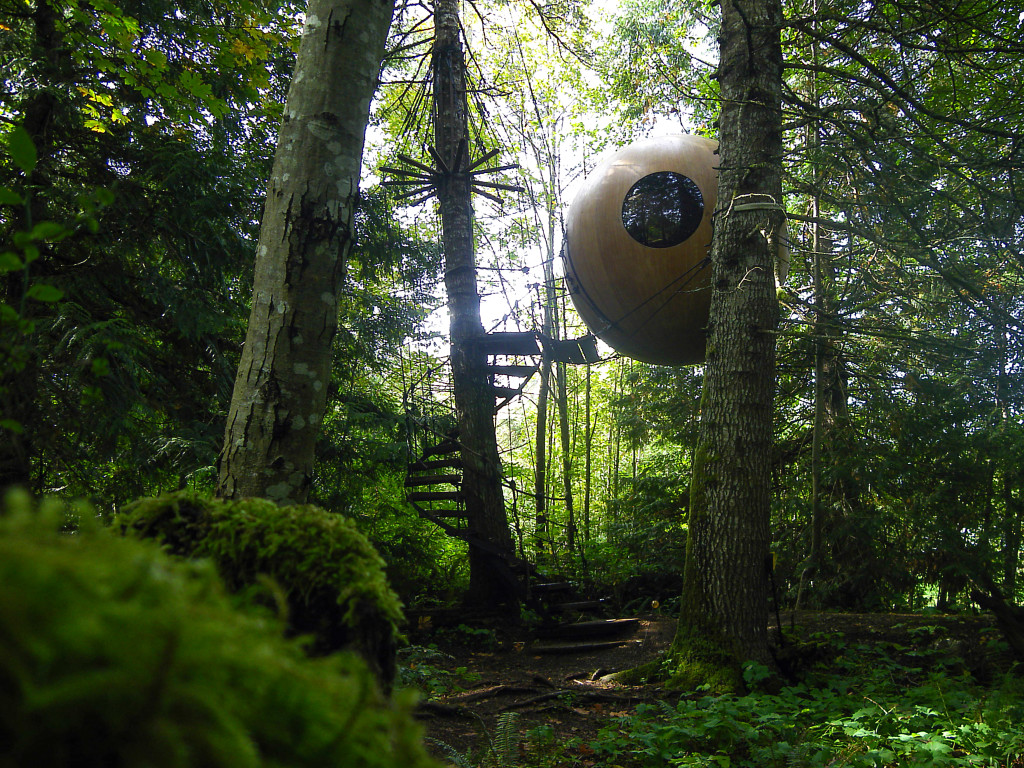An eco-friendly ideology and a sustainable society. Both have become prominent concepts in recent years, not least following the financial collapse that so thoroughly affected people’s way of thinking. It was as if the whole world was ready for a reassessment of its situation – up to certain extent.
Text by Bjarki Gunnar Halldórsson arkitekt / Photos by Tom Chudleigh
Architects both here and abroad have taken the discussion very seriously and agreed upon the criteria that a sustainable structure must meet. It must, among other things, be resilient and flexible, make economic use of space, be conducive to a pleasant atmosphere and good lighting, maximize the economical consumption of resources such as water, and in addition to all this, it must blend in well with its surrounding environment. These are all fine objectives to have in mind and on par with what generally constitutes a good building in the architectural sense. The goal of living together in a sustainable house is certainly an achievable one.
Technology has advanced in giant leaps since I began following sustainability in architecture. Building materials are constantly evolving, and we now have design applications that can be of invaluable assistance in designing a sustainable house. And yet, there is something about all this discussion of sustainability that bothers me, and I find it incredibly difficult to confine my thinking to the house in and of itself. What’s bothering me is the question of how human beings, especially Westerners, became so incredibly unsustainable.
Science has shown us how aberrant our lifestyle is in terms of the global ecosystem. The facts speak for themselves, and yet any changes to our objectionable habits have been glacially slow in implementation. We are, in effect, born unsustainable, as if it is our natural state. It’s hard to have a child without having a car, and to keep the children occupied in the back seat we give them iPhones and iPads. Fun little gadgets, but it’s worth sparing a thought for the conditions of the workers who make them.
It’s also worth considering how much extraneity we seem to require in order to survive when compared to other animals. Are we truly so intelligent after all? I sometimes envy the birds who do not require building permits and hours upon hours spent sifting through rules and regulations in order to build a nest. And then in the fall, they can just fly south, free of all encumberments.
Human nesting is far more complex, not to mention how hard it can be not to lose one’s nest. Following Iceland’s financial collapse, outlandish tales began to surface, such as that of a young family evicted from their home, suddenly $268,000 in debt. When such events occur, several parties are required to perform their roles within a certain system. What was this system designed to do, and for whom? Why are we using it, since it seems to work so mercilessly against the basic needs of humanity? This sytem did not fall out of the sky. We created it ourselves.
If we view things in a larger context, it becomes apparent that we are far from being the only ones suffering. The former inhabitants of council estates in London were relocated to another city to make room for centrally located luxury condominiums. Whole neighborhoods full of such condos then stand empty, a blight on their environment, as their owners have a host of other properties to reside in. Examples of such wasteful injustice are tragically commonplace the world over.
Problems with the global ecosystem are thusly intertwined with issues related to the disparity of wealth among humans. It is as if the systems we create to improve our lives always bring with them some debilitating side effect or other, not only for nature and our ecosystem, but also for our own species.
What are we doing wrong and how can we change it?
I admit I do not have all the answers. My first thought, however, is that we must pay closer attention to our place in nature. Ponder our origins in their ecological context how we are a fraction of that sum. We must come to understand our own ecosystems better and find a way to exist within them. It is essentially enough for one to go stand by the shore and sense the entirety of the world that awaits us there.
Most important of all is that we ask ourselves what manner of people we want to be and what kind of society do we wish to build. It is natural that we celebrate our technological advances. However, progress is inherently useless if it is not mirrored by ethical advancement. We also cannot forget that most of us are willing to help when the chips are down, be we Icelanders or otherwise. We have, after all, a firm moral foundation upon which to build.
Today, on World Architecture Day, it is worth keeping in mind that architecture is successful and sustainable when it works for all, not just for some. So let’s make Mother Earth a great place for all to live, be they human, animal or vegetable.
Bjarki Gunnar Halldórsson, architect

